

Cork
Photos taken in August 2011
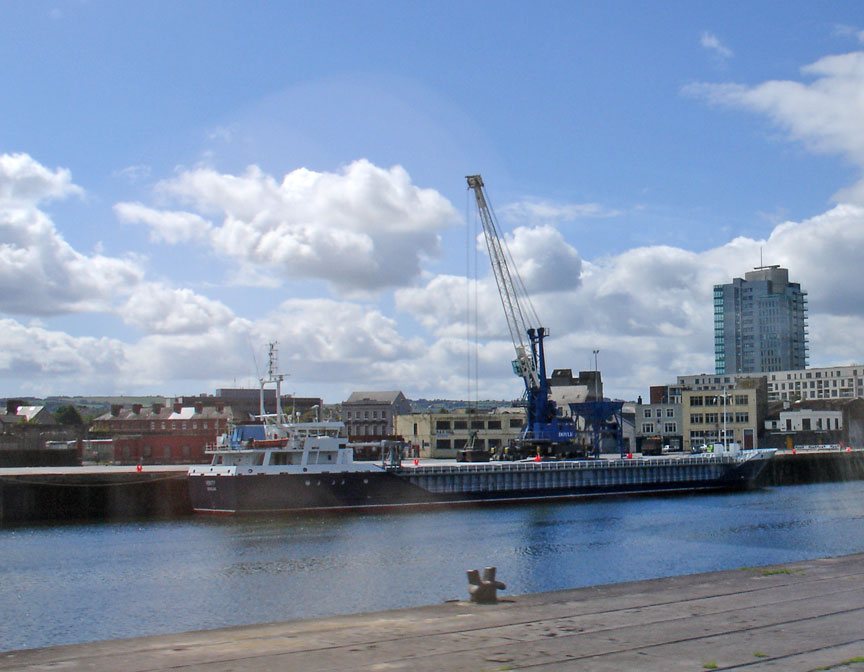
Cork
Cork is the second largest city in the Republic of Ireland and the island of
Ireland's third most populous city. It is the principal city and administrative
center of County Cork and the largest city in the province of Munster. Cork has
a population of 119,418, while the addition of the suburban areas contained in
the county brings the total to 190,384. Metropolitan Cork has a population of
approximately 274,000, while the Greater Cork area is about 380,000.
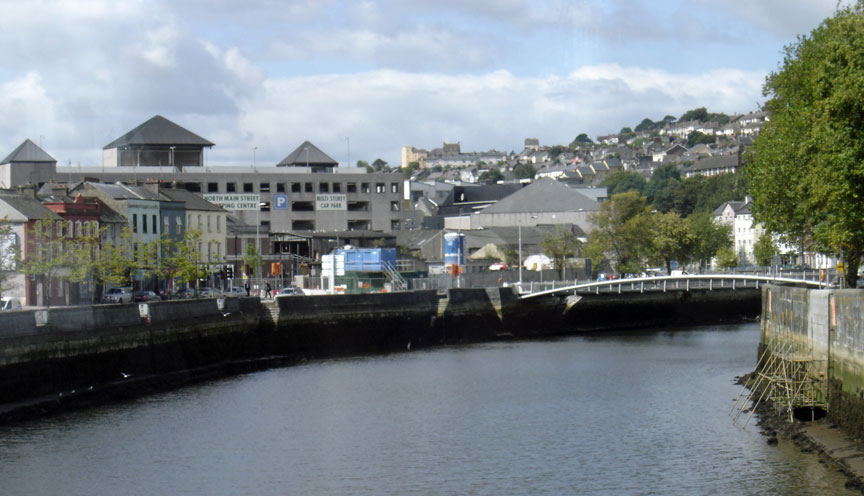
County Cork has earned the nickname of "the Rebel County", while Corkonians
often refer to the city as the "real capital of Ireland", and themselves as the
"Rebels".
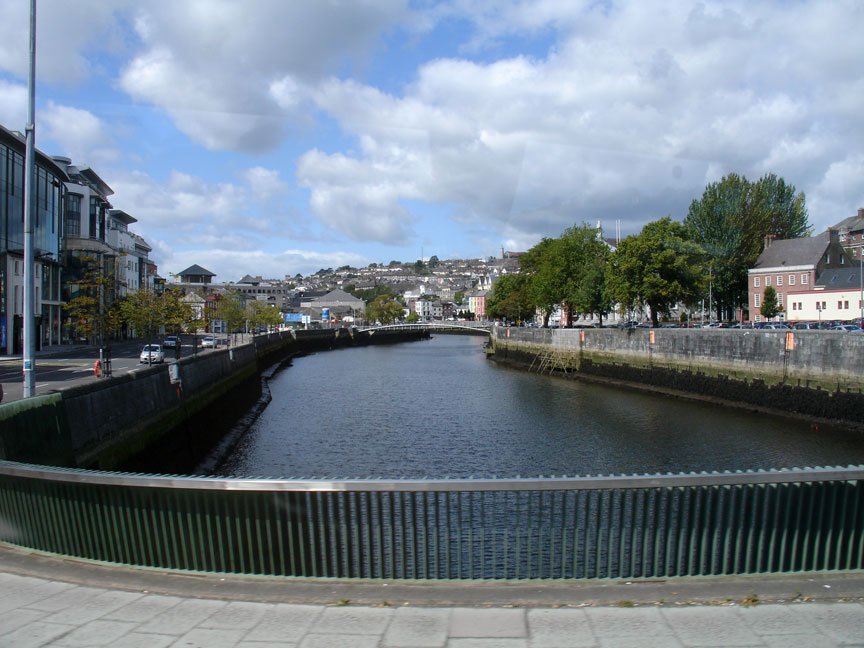
The city is built on the River Lee which divides into two channels at the
western end of the city. The city centre is located on the island created by the
channels. At the eastern end of the city centre they converge; and the Lee flows
around Lough Mahon to Cork Harbour, one of the world's largest natural harbours.
The city is a major Irish seaport; there are quays and docks along the banks of
the Lee on the city's east side.
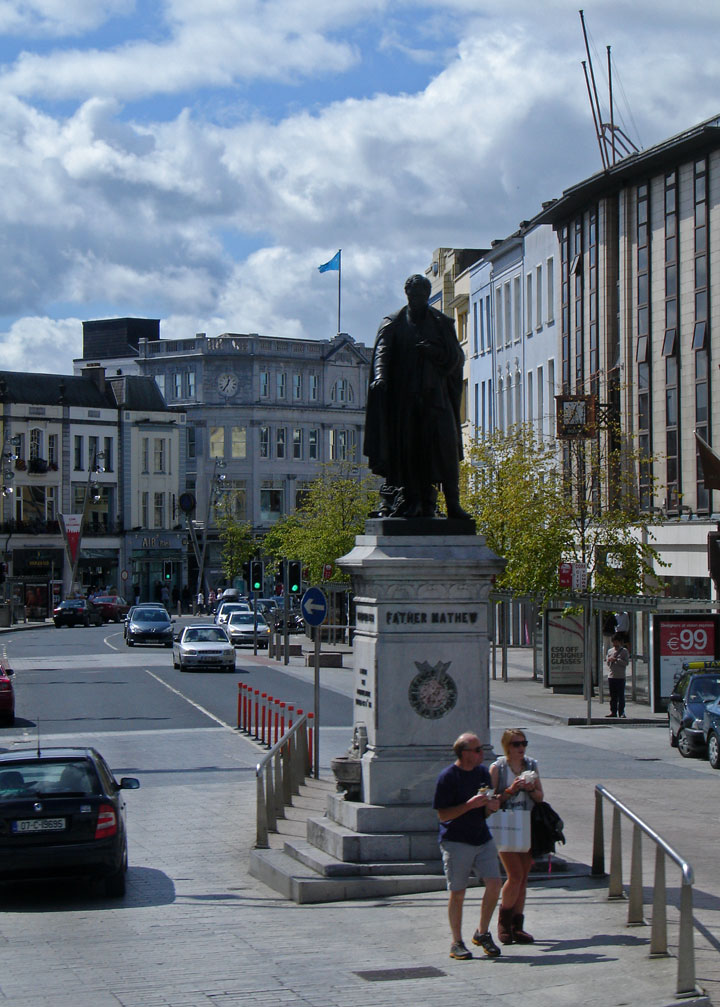
Cork features architecturally notable buildings originating from the Medieval to Modern periods. The only notable remnant of the Medieval era is the Red Abbey. There are two cathedrals in the city; St. Mary's Cathedral and St Finbarre's Cathedral. St Mary's Cathedral, often referred to as the North Cathedral is the Roman Catholic cathedral of the city and was built in 1808. St Finbarre's Cathedral serves the Protestant faith and is the more famous of the two. It is built on the foundations of an earlier cathedral. Work began in 1862 and ended in 1879 under the direction of architect William Burges.
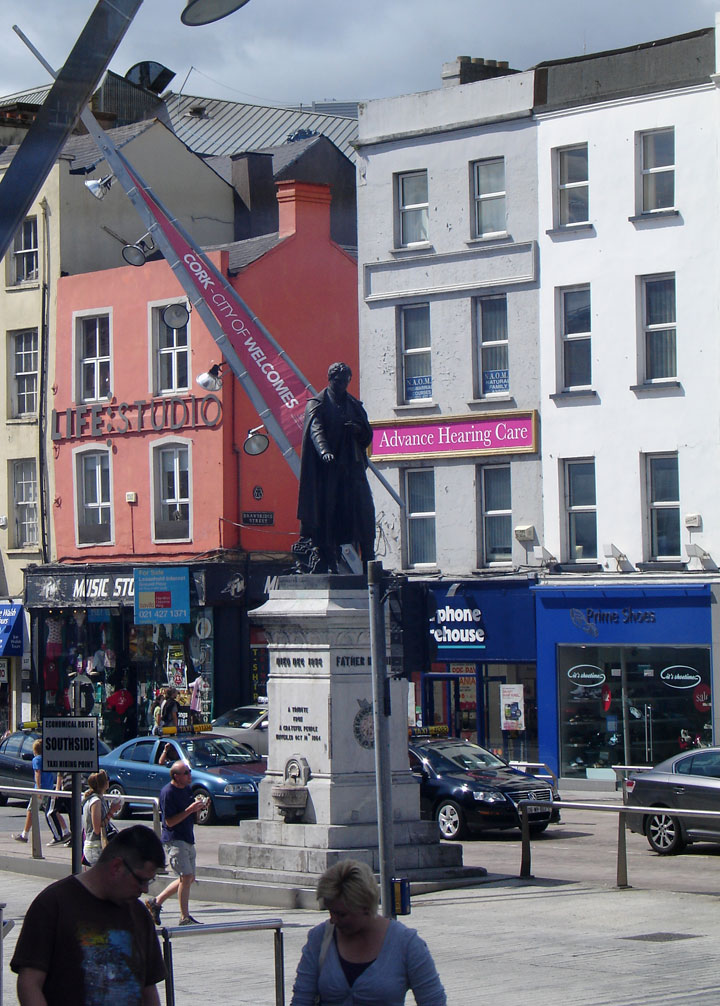
St. Patrick's Street, the main street of the city which was remodelled in the
mid 2000s, is known for the architecture of the buildings along its
pedestrian-friendly route and is the main shopping thoroughfare. The reason for
its curved shape is that it originally was a channel of the River Lee that was
built over on arches. The General Post Office, with its limestone fašade, is one
of the most prominent buildings on the street and the focal point of much
pedestrian activity. The original building on this site, the Theatre Royal was
built in 1760 and burned down in 1840. The English circus proprietor Pablo
Fanque, who enjoyed fame again in the 20th Century when The Beatles referenced
him in a song, rebuilt an amphitheatre on this spot in 1850, which was
subsequently transformed into a theatre and then into the present General Post
Office in 1877. The adjacent Grand Parade is a tree-lined avenue, home to
offices, shops and financial institutions. The old financial center is the South
Mall, with several banks whose interior derive from the 19th century, such as
the Allied Irish Bank's which was once an exchange.
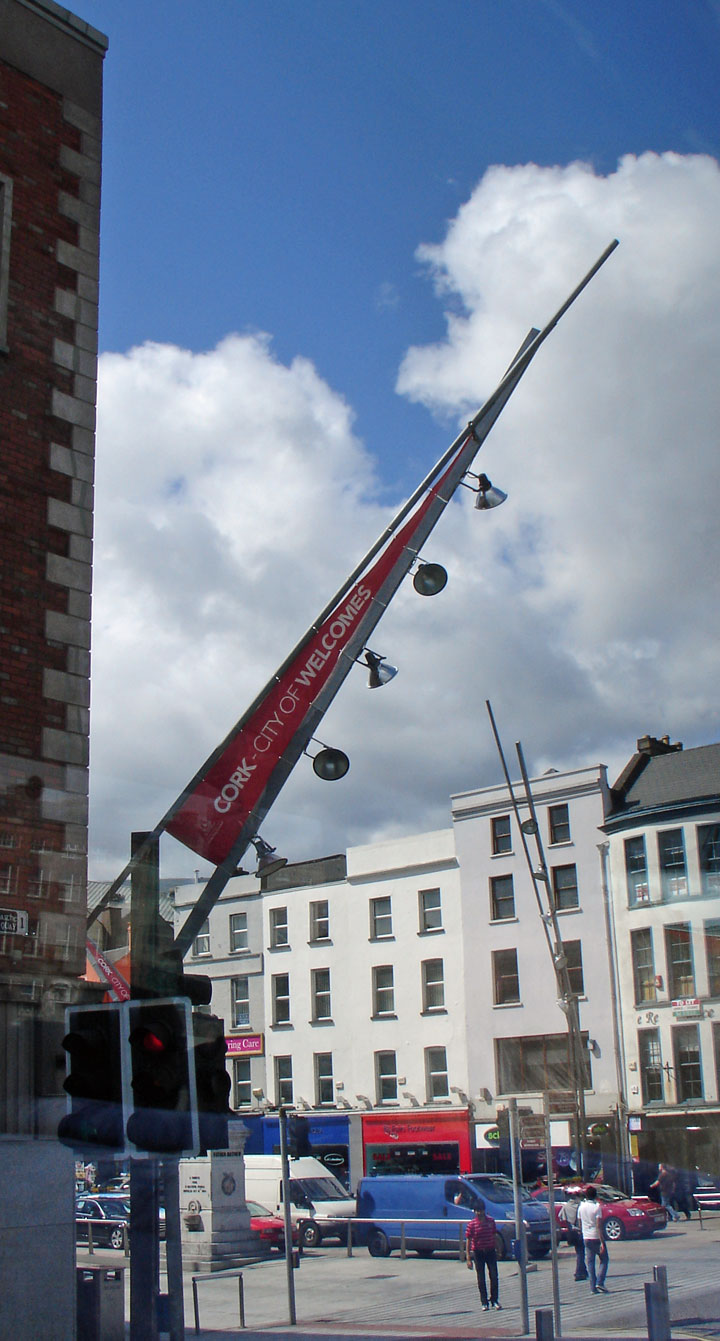
Many of the city's buildings are in the Georgian style, although there are a
number of examples of modern landmark structures, such as County Hall tower,
which was, at one time the tallest building in the Republic of Ireland until
being superseded by another Cork City building: The Elysian. Across the river
from County Hall is Ireland's longest building; built in Victorian times, Our
Lady's Psychiatric Hospital has now been renovated and converted into a
residential housing complex called Atkins Hall, after its architect William
Atkins.
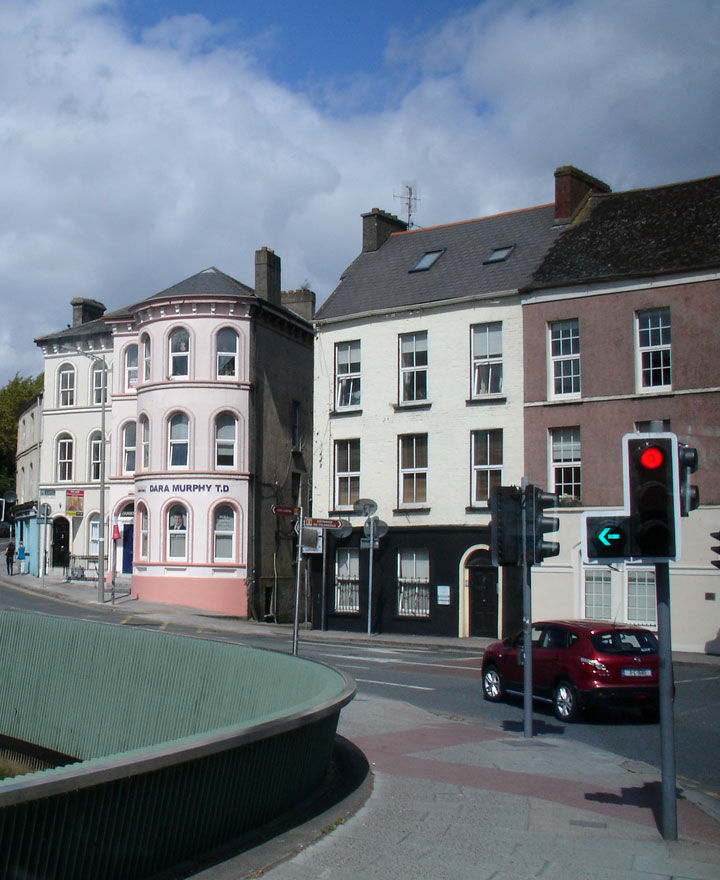
Cork's most famous building is the church tower of Shandon, which dominates the
North side of the city. It is widely regarded as the symbol of the city. The
North and East sides are faced in red sandstone, and the West and South sides
are clad in the predominant stone of the region, white limestone. At the top
sits a weather vane in the shape of an eleven-foot salmon.
Text from Wikipedia
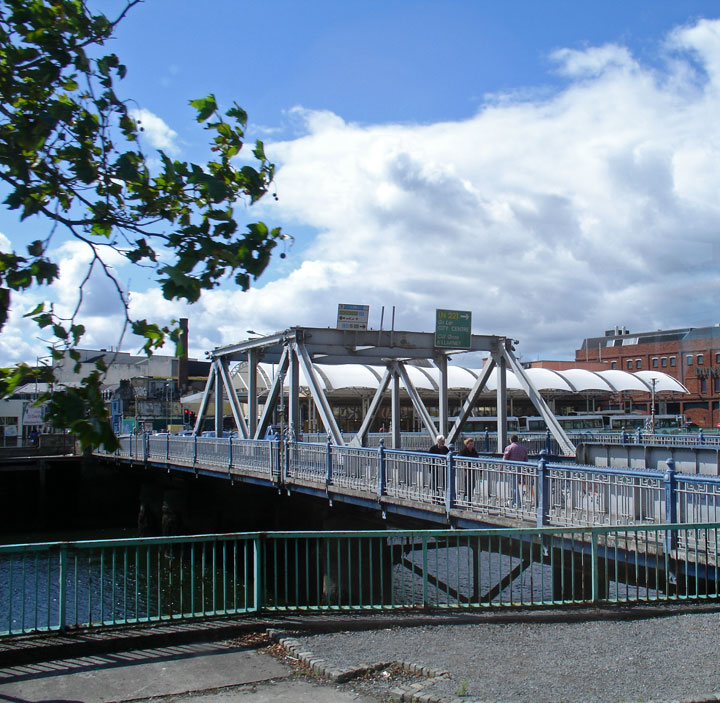
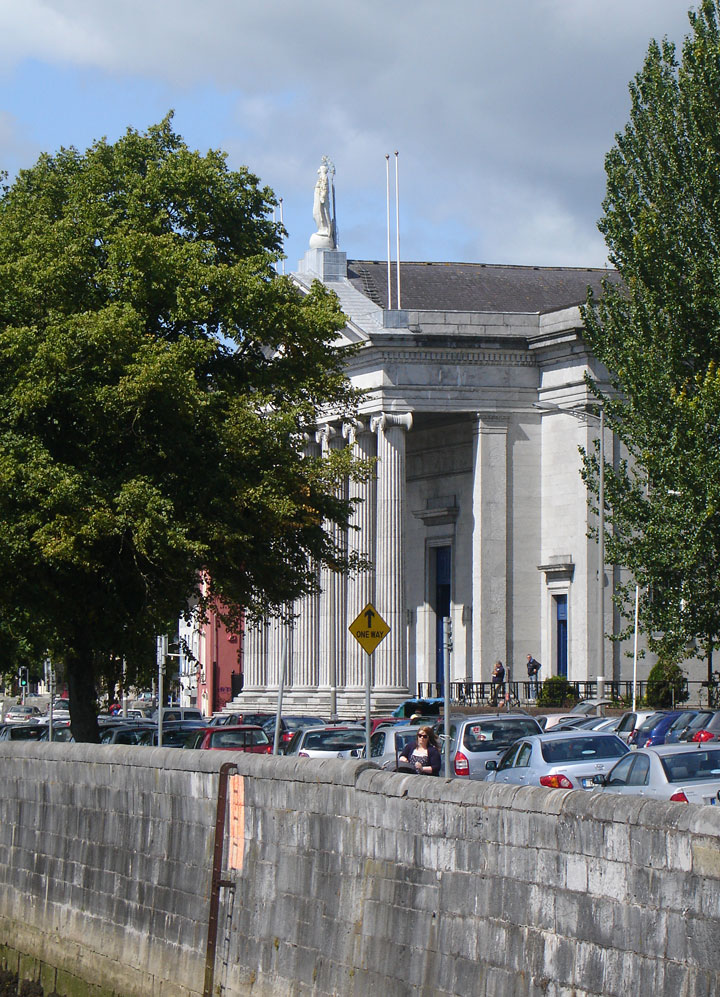
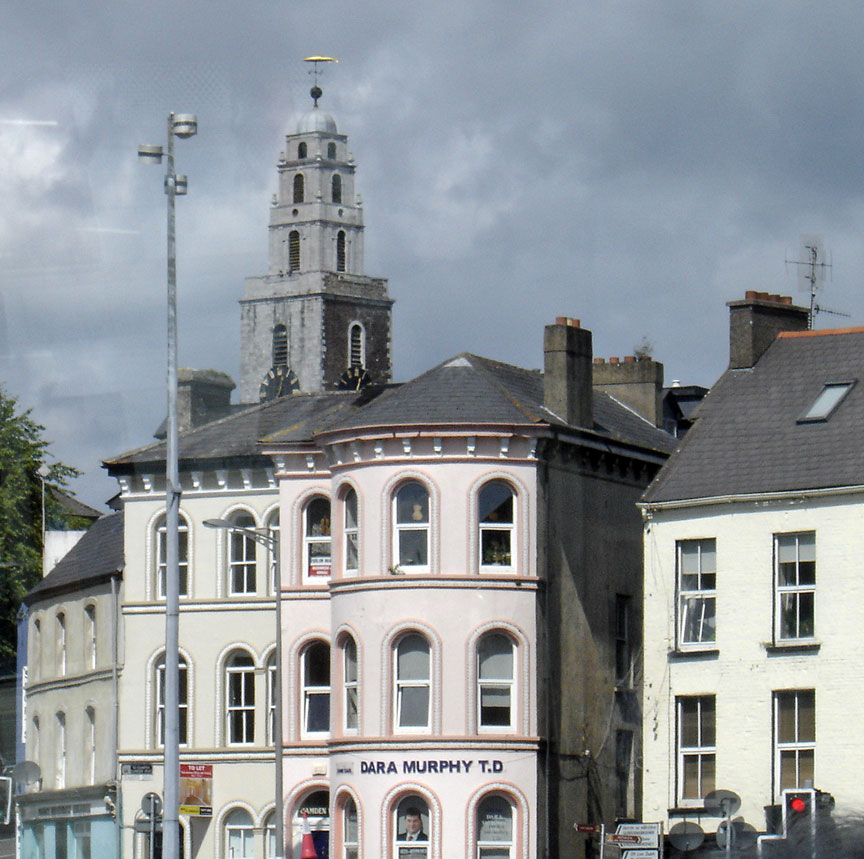
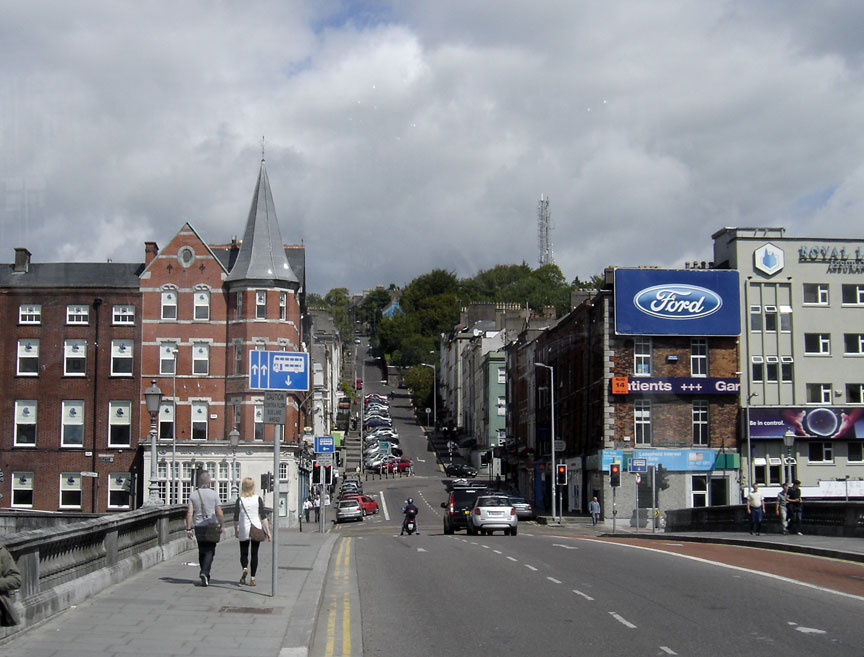
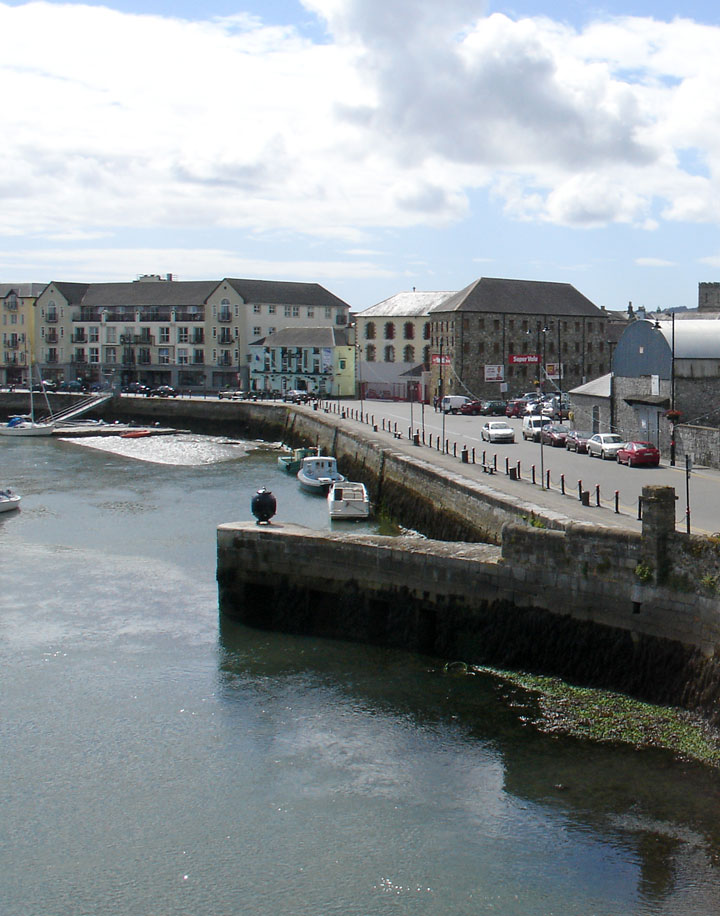
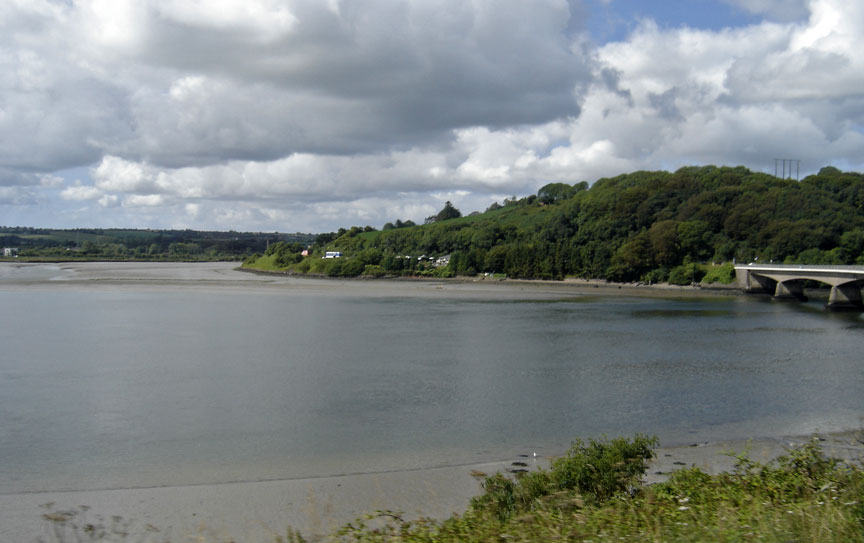
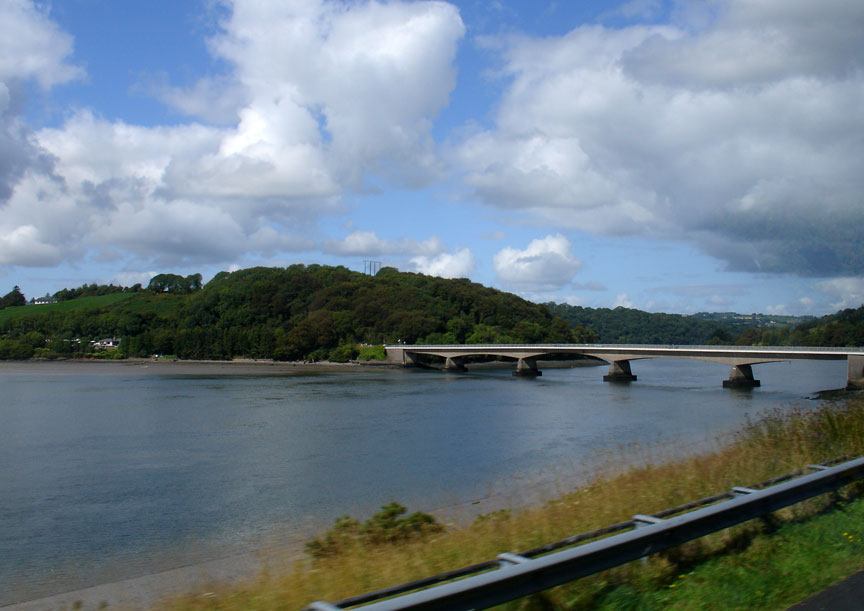
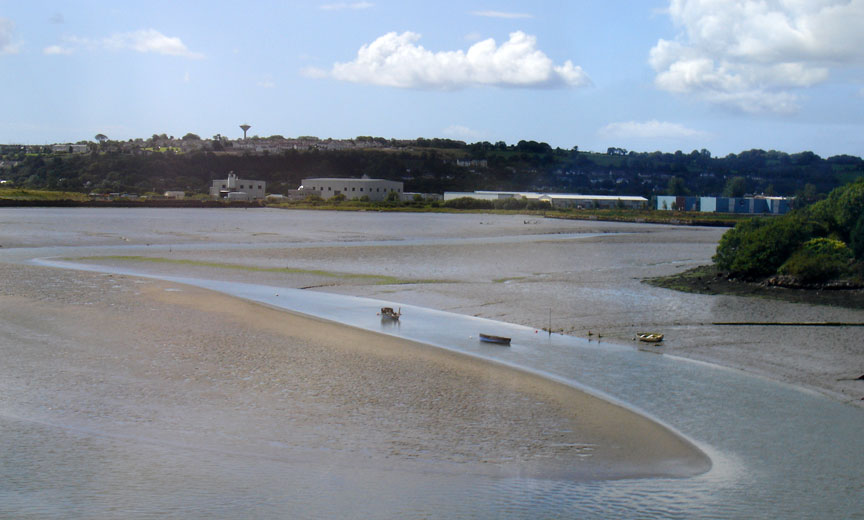
low tide
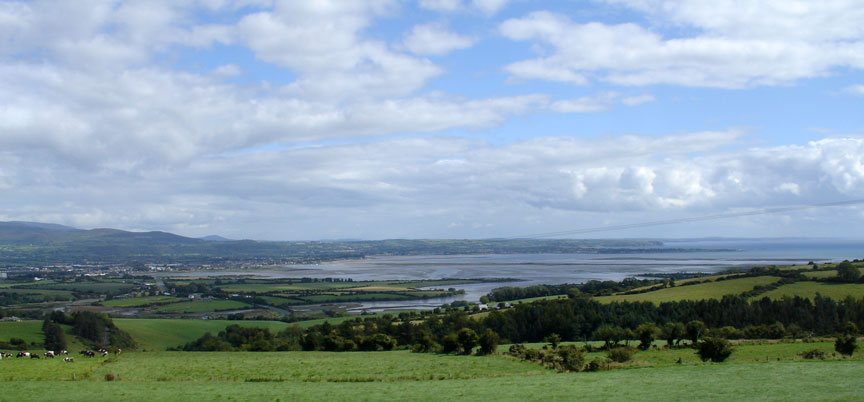
view to the sea